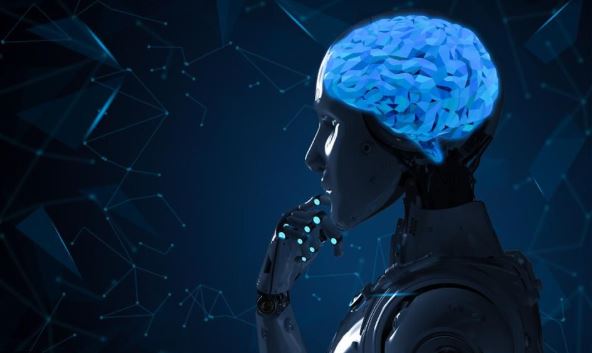×
The Standard e-Paper
Home To Bold Columnists

The process of innovation is highly disruptive as it turns old technologies obsolete. Emerging technologies have a large potential to transform the lifestyle and living standards of people and the business operating models of companies all over the world.